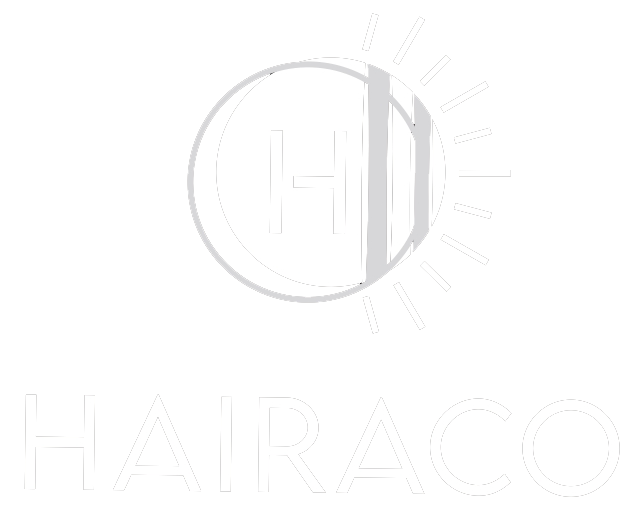Hair coloring boards have become essential tools for professionals and enthusiasts alike. They assist in achieving even and precise application of color, highlights, and balayage. The shape of the board significantly influences the outcome and ease of the process. This article details the importance of selecting the appropriate hair coloring board shape based on various techniques.
The Importance of Hair Coloring Boards
Before delving into the specifics of shapes, it is vital to understand the overall importance of hair coloring boards. These boards provide a sturdy surface to apply color, reduce the risk of mess, and help in achieving seamless transitions and blends. They offer better control, making them indispensable for detailed work such as highlights and balayage.
Types of Hair Coloring Board Shapes
Hair coloring boards come in various shapes, each designed to cater to different techniques. Here are the most common shapes and their uses:
1. Rectangular Boards
Rectangular boards are the most common and versatile shape available. They are ideal for traditional coloring techniques where full coverage is required. The straight edges help in applying the color evenly from root to tip, ensuring no spots are missed. Rectangular boards are also excellent for creating sections and working systematically through the hair.
2. Tapered Boards
Tapered boards feature a wide base that narrows to a point. These boards are particularly useful for balayage and freehand painting techniques. The tapered end allows for detailed and precise application at the roots, providing a more natural and blended look. The wide base accommodates larger sections of hair, making the process quicker and more efficient.
3. Curved Boards
Curved boards mimic the natural curve of the head, making them perfect for applying color close to the scalp. This shape is especially beneficial for techniques that require a high degree of precision and control, such as highlighting the hairline and crown. Curved boards help to prevent bleeding and ensure that the color is placed exactly where it is intended.
4. Handle Boards
Handle boards come with an ergonomic handle, making them easier to hold and maneuver. While the shape of the board itself can vary, having a handle provides better grip and control, especially during intricate techniques. These boards are excellent for all-over color applications where mobility and control are essential.
How to Choose the Right Shape
Choosing the right shape of the hair coloring board depends on the specific technique you plan to use. Here are some factors to consider:
1. Technique
Identify the technique you will be using most frequently. For full coverage coloring, a rectangular board is ideal. For balayage and freehand techniques, a tapered or curved board will provide better results.
2. Hair Length and Density
Consider the length and density of the hair you will be working with. Larger, thicker sections of hair benefit from wider boards, while smaller or more detailed sections may require a tapered or curved board to achieve precision.
3. Comfort and Control
Your comfort and control during the application process are crucial. Handle boards or boards with ergonomic designs can reduce hand fatigue and increase control, making the process smoother and more enjoyable.
Product Recommendations
For those looking to invest in high-quality hair coloring boards, Hairaco offers an excellent range of options tailored for various techniques. Their collection includes:
- Hairaco Rectangular Board: Perfect for full-coverage color applications.
- Hairaco Tapered Board: Ideal for balayage and freehand techniques.
- Hairaco Curved Board: Best for applications close to the scalp and detailed work.
- Hairaco Handle Board: Designed for added comfort and control during the coloring process.
Investing in the right tools can significantly impact the quality of your work and the satisfaction of your clients or personal results. Always select a hair coloring board that suits your specific needs and techniques for optimal results.

